Figures & data
Figure 1. Schematic representation of the circadian timing system (CTS). Anatomical location on an axial plane from a nuclear magnetic resonance image of the central pacemaker, the SCN (suprachiasmatic nuclei). Included are also light and social entrainment cues, signalling the SCN through direct or indirect neural connections, four circadian biomarkers of CTS function, and the peripheral molecular clocks, controlling tissue-specific temporal variations in gene expression, through molecular regulation of transcription and post-transcription processes. Melatonin and rest–activity rhythms re-enforce the co-ordination of the central pacemaker, whereas cortisol and core body temperature rhythms provide endogenous resetting signals to peripheral molecular clocks.

Figure 2. Continuous skin temperature monitoring. Double-plot example of fully ambulatory, non-invasive continuous monitoring of skin temperature using dermal patches over 12 days in a patient with advanced colorectal cancer (WHO PS = 1). Baseline recording before treatment start was obtained from day 1 to day 4. Chronomodulated chemotherapy (chronoIFLO4; (Citation230)) was administered from day 5 to day 8. No disruption of peripheral temperature circadian rhythm was observed either during or after treatment. Data from (Citation70).
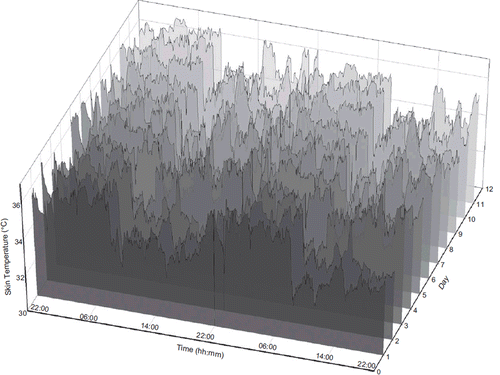
Figure 3. Variability in acrophase timing. Temporal distribution of the circadian acrophases in rest–activity rhythms from 436 patients with metastatic colorectal cancer undergoing 2–3-day monitoring with a wrist-watch accelerometer. Data from (Citation67,Citation68).
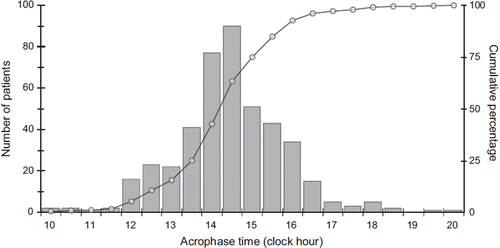
Table I. Clinical studies in patients with cancer involving concomitant rest–activity monitoring through wrist actimetry and subjectively rated fatigue assessment.
Figure 4. Associations between rest–activity circadian rhythm and subjective ratings of physical function and fatigue. Correlation between the circadian rest–activity rhythm parameter I< O (y-axis) computed from wrist actimetry records and physical function (black solid line) or fatigue (grey dotted line) items derived from the EORTC QLQ-C30 quality of life questionnaire (Citation231) in 245 patients with metastatic colorectal cancer. The x-axis values correspond to fatigue and quality of life scores, ranging from 0% to 100%. Displayed fatigue and physical quality of life scores are mean ± SEM of individual ratings computed according to the recommended procedure (236). Correlation coefficients calculated using Spearman's rank-order test. Note higher variance in patients with severe fatigue or low physical function, whereas patients with low fatigue or high physical function consistently display high I< O values, indicating robust circadian patterns. Redrawn with merged data from (Citation101) and (Citation84).
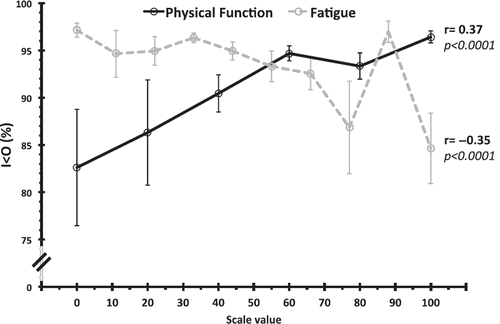
Figure 5. Detrimental effect of circadian disruption on overall survival in patients with distinct cancer types at an advanced or metastatic stage. Actual survival rates at 2 years according to circadian robustness (white boxes) or disruption (grey boxes) based on circadian patterns in cortisol (three studies on the left) or rest–activity (two studies on the right). For each study, survival outcomes differed with statistical significance independently of other prognostic factors. Redrawn with data from (Citation64,Citation65,Citation67,Citation68,Citation85,Citation118). CRC = colorectal cancer; MBC = metastatic breast cancer; NSCLC = non-small-cell lung cancer; RCC = renal cell carcinoma.

Figure 6. Schedule-specific relation between chemotherapy-induced toxicity and overall survival in patients with metastatic colorectal cancer. Divergent association between chemotherapy-induced toxicity and overall survival according to the delivery schedule of oxaliplatin, 5-fluorouracil/leucovorin, as first-line treatment (Citation159). Forest plot shows that the chronomodulated administration of this combination chemotherapy (chronoFLO4) is associated with longer survival in case of good tolerability (no toxicity, white diamonds), whereas the occurrence of toxicity (yes toxicity, grey diamonds) predicts better outcome on conventional chemotherapy delivery (FOLFOX2). Despite the fact that the 95% confidence limits for hazard ratios usually cross 1, the interactions, tested with univariate Cox proportional hazards model, were statistically significant for fatigue/weight loss and sleep troubles, or very close to statistical significance (P = 0.051 for severe neutropenia). Redrawn with data from (Citation157–158).
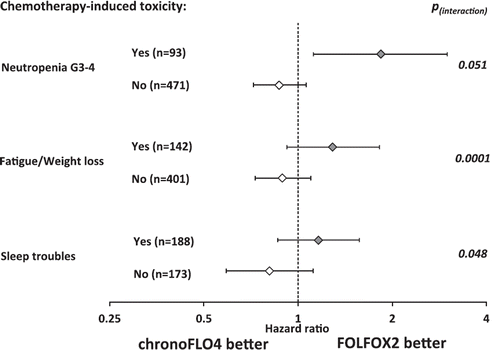
Figure 7. Sex-related moderation of the relations between tolerance and efficacy of chronotherapy. Sex-related differences in the incidence (z-axis) and negative prognostic effect for overall survival (Cox's model; y-axis) of chemotherapy-induced toxicities in patients with metastatic colorectal cancer treated with chronoFLO4. Note that females (white circles) consistently display high incidence of toxicity as compared to males (black dots). Furthermore, the hazard ratio for an earlier death induced by toxicity is consistently higher in women as compared to men. Redrawn from (Citation85,Citation157,Citation158).

Figure 8. Effect of circadian synchronization on tumour growth rate: experimental murine data. Kaplan–Meier survival curves showing the beneficial effect of meal timing, which reinforces the functioning of the CTS in mice with inoculated tumour cell lines. Left panel: mice, inoculated with P03 pancreatic adenocarcinoma, were synchronized with an alternation of 12 hours of light and 12 hours of darkness (LD 12:12), and fed either ad libitum (control, solid line) or only during the light span (usual rest phase, dotted line). Mice were sacrificed when tumour size reached 1.5 g. Right panel: mice inoculated with Glasgow osteosarcoma were either maintained in the same usual light–dark and ad libitum feeding conditions (control, solid line), or exposed to iterative light–dark schedule alterations that mimic chronic jet lag, thus producing circadian disruption, jointly with ad libitum feeding (dashed line) or meal timing (dotted line). Mice were sacrificed when tumour size reached 2 g. Results from log-rank test. Redrawn with data from (Citation16,Citation171).
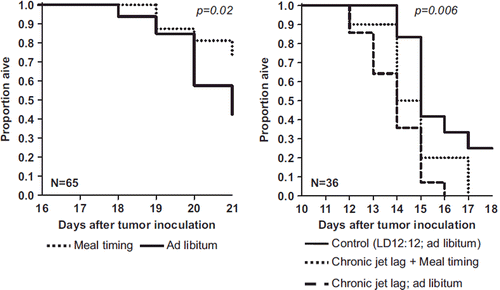
Table II. Summary of the potential pharmacological or behavioural therapeutic approaches for restoring robustness of the circadian timing system of cancer patients.
